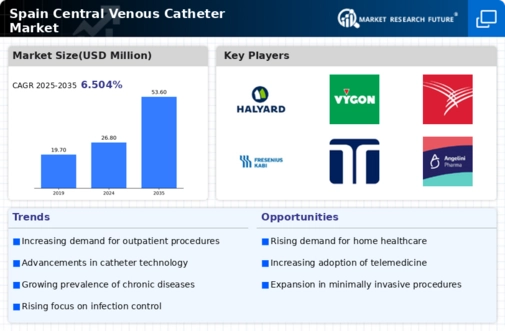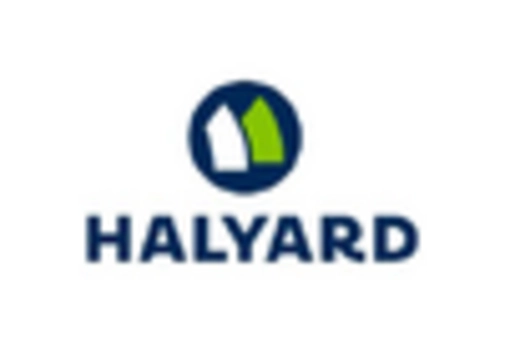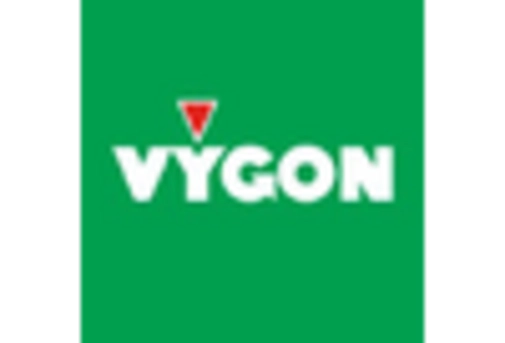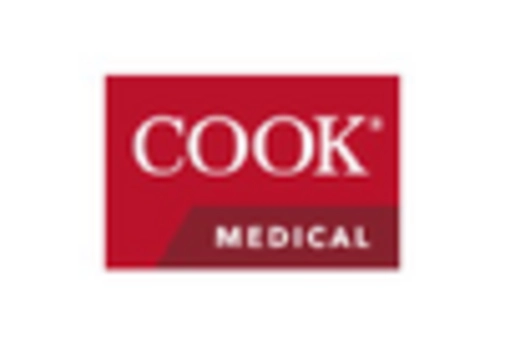The competitive insights of the Spain Central Venous Catheter Market reveal a dynamic landscape where various companies strive to secure their positions through innovation and strategic initiatives. The market has been characterized by a growing demand for central venous catheters due to an increase in medical procedures requiring long-term venous access. Companies are focusing on enhancing their product offerings, optimizing distribution channels, and increasing market penetration to cater to the healthcare industry's evolving needs.
The competitive dynamics are influenced by factors such as regulatory changes, technological advancements, and shifting consumer preferences. Firms are also adopting robust marketing strategies and forming partnerships to strengthen their foothold in the market.Halyard Health has established a significant presence in the Spain Central Venous Catheter Market, leveraging its strengths in product quality and innovation. The company is well-regarded for its commitment to patient safety and efficacy in its catheter designs.
Halyard Health's broad portfolio of products, which includes various types of catheters tailored for specific medical needs, enhances its market appeal. The company has a reputation for investing in research and development, allowing it to bring novel solutions to market that meet the stringent demands of healthcare providers. Its ability to adapt to market needs quickly and provide training and support to healthcare professionals further strengthens its competitive edge in the Spanish market.BD, a dominant player in the global healthcare landscape, has also made significant inroads into the Spain Central Venous Catheter Market.
The company's extensive range of central venous catheters is complemented by its focus on innovation and quality.
BD excels in delivering advanced medical technologies and has garnered a reputation for reliability and effectiveness among clinicians. Its sustained investment in research and development fosters continuous product improvement aligned with clinical needs. BD has also engaged in strategic mergers and acquisitions to enhance its market position and product offerings within Spain. The company's emphasis on customer support and education, along with a robust distribution network, ensures a comprehensive reach across various healthcare settings in the region. These strengths position BD favorably in the Spanish market, driving both customer loyalty and market share growth.





















Leave a Comment